 To enhance service speed and avoid tariff delays, we've opened a US warehouse. All US orders ship directly from our US facility.
To enhance service speed and avoid tariff delays, we've opened a US warehouse. All US orders ship directly from our US facility.
| Cat. No. | Product Name | Field of Application | Chemical Structure |
|---|---|---|---|
| DC60047 | SNAP8 Acetate(868844-74-0,free base) Featured |
.png)
|
|
| DC60600 | PFI-7 Featured |
PFI-7 is a potent, selective and cell-active chemical probe that antagonizes Pro/N-degron binding to human GID4 with Kd of 79 nM. PFI-7 will be a valuable research tool for investigating CTLH complex biology and facilitating development of targeted protein degradation strategies that highjack CTLH E3 ligase activity.
More description
|
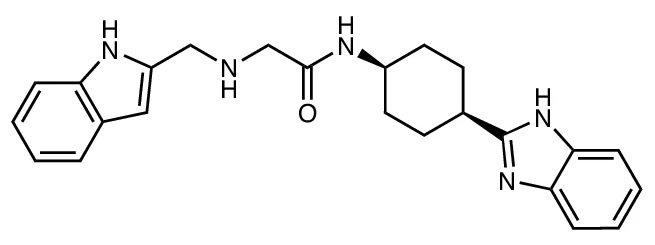
|
| DC70752 | S1P5-IN-15 Featured |
S1P5-IN-15 is a potent, selective, orally active and brain-penetrant S1P5 antagonist with IC50 of 0.1 nM, no effect on S1P1-4.
More description
|

|
| DC65649 | Adrenocorticotropic Hormone (ACTH) (1-39), human Featured |
Adrenocorticotropic Hormone (ACTH) (1-39), human is a melanocortin receptor agonist.
More description
|

|
| DC65046 | 4-(2-(2-(1-methyl-1H-pyrazol-5-yl)-4-nitrophenoxy)ethyl)morpholine Featured |
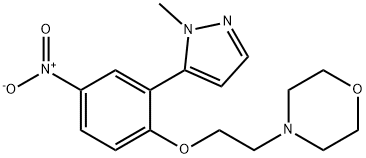
|
|
| DC60599 | G-5758 Featured |
G-5758 is a potent, selective, and orally available IRE1α inhibitor with IC50 of 38 nM in XBP1s reporter assay. G-5758 demonstrates a robust PD response in the KMS-11 tumor xenograft model.
More description
|
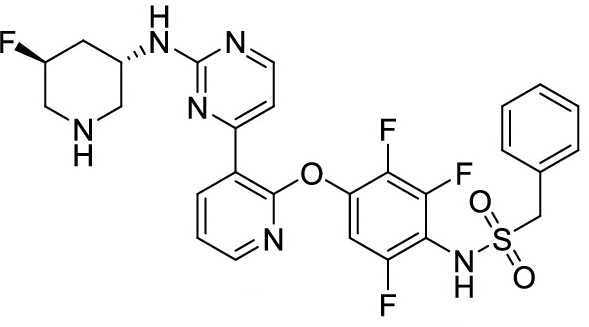
|
| DC65045 | 4H-1,3-Dioxolo[4,5-c]pyrrole-4-carboxylic acid, tetrahydro-2,2-dimethyl-6-oxo-, (3aS,4S,6aS)- Featured |

|
|
| DC60435 | Belumosudil mesylate Featured |
Belumosudil, also known as KD-025 and WHO11343, is an orally bioavailable inhibitor of ROCK-II that is greater than 200-fold selective over ROCK-I (IC50s = 105 nM and 24 µM, respectively). Belumosudil (SLx-2119; 40 µM) induces significant down-regulations of Tsp-1 and CTGF mRNA levels in PASMC.
More description
|
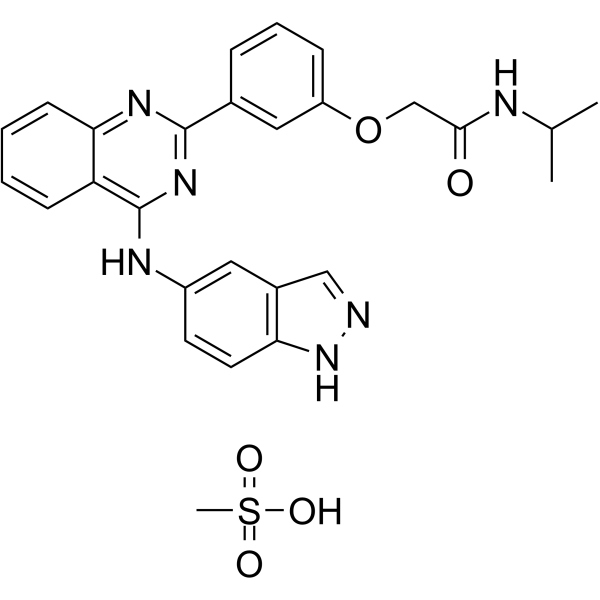
|
| DC73350 | JYQ-42 Featured |
JYQ-42 is a potent, selective SIRT6 allosteric inhibitor, effectively inhibits SIRT6 deacetylation with IC50 of 2.33 uM, inhibits the deacetylation activity of SIRT6 in pancreatic cancer cell lines.
More description
|

|
| DC44113 | Ibrexafungerp citrate Featured |
Ibrexafungerp citrate is a triterpenoid antifungal. Similarly to echinocandins, it inhibits the synthesis of 1,3-β-d-glucan. However, it binds to a different site on the enzyme than echinocandins, resulting in limited cross-resistance. Ibrexafungerp exerts concentration-dependent fungicidal activity against Candida species and retains in vitro activity against most fluconazole-resistant strains.
More description
|

|
| DC66454 | Melanotan I acetate Featured |
Melanotan I acetate is a potent non-selective melanocortin receptor (MCR) agonist. Melanotan I acetate is a synthetic analogue of α-melanocyte stimulating hormone (α-MSH) that stimulates melanogenesis. Melanotan I acetate can induce skin tanning by mimicking the actions of a-MSH on the melanocortin type 1 receptors (MC1R) of melanocytes. Melanotan I acetate can be used for sunlight-induced skin cancers research.
More description
|
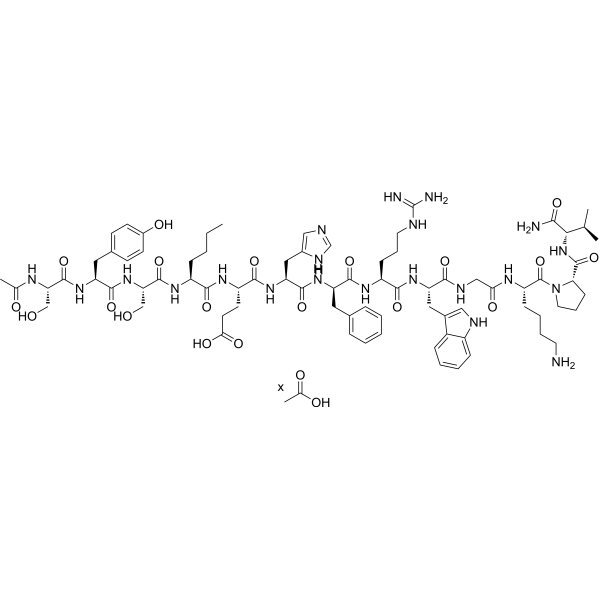
|
| DC65640 | Selank Featured |
TP-7 (Selanc) is a heptapeptide with anxiolythic properties.
More description
|
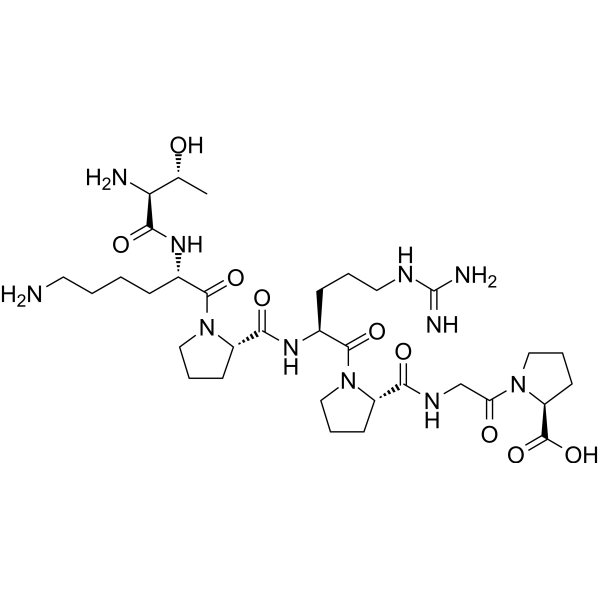
|
| DC66453 | FOXO4-DRI Featured |
FOXO4-DRI is a cell-permeable peptide antagonist that blocks the interaction of FOXO4 and p53. FOXO4-DRI is a senolytic peptide that induces apoptosis of senescent cells.
More description
|

|
| DC65325 | MK-0616 Featured |
MK-0616 is a potent, oral macrocyclic peptide inhibitor of PCSK9 that is not only able to reduce LDL-cholesterol, non-HDL-cholesterol, and apoB, but can also lower Lp(a).
More description
|
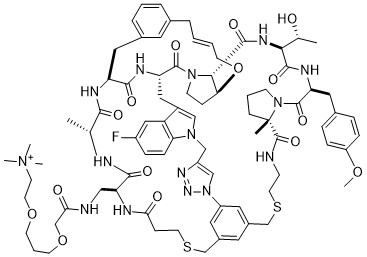
|
| DC11889 | Atabecestat Featured |
Atabecestat (JNJ-54861911, JNJ54861911) is a novel potent, oral beta-secretase (BACE) inhibitor for treatment of Alzheimer's Disease.
More description
|

|
| DC66450 | SPD-473 (citrate) Featured |
SPD-473 citrate is a serotonin/dopamine/norepinephrine reuptake inhibitior.
More description
|
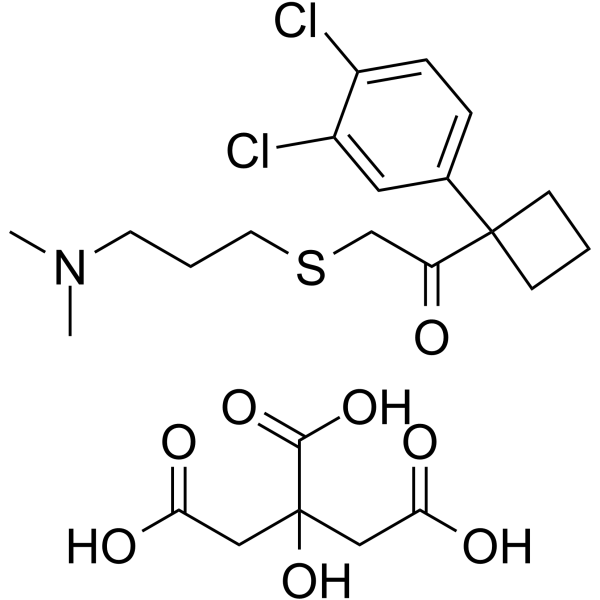
|
| DC28121 | CGP 20712 A Featured |
CGP 20712 A (CGP 20712 mesylate) is a highly selective β1-adrenoceptor antagonist with an IC50 of 0.7 nM. CGP 20712 A exhibits ~10,000-fold selectivity over β2-adrenoceptors.
More description
|

|
| DC73145 | FX2149 Featured |
FX2149 (FX 2149) is a potent, BBB permeable inhibitor of LRRK2 GTP binding activity with IC90 of 10 nM, reduces PD-linked mutant LRRK2 variants (G2019S and R1441C) that bound with GTP.
More description
|

|
| DC7515 | Teglicar Featured |
Teglicar, in vitro and in animal models, reduces gluconeogenesis and improves glucose homeostasis, refreshing the interest in selective and reversible L-CPT1 inhibition as a potential antihyperglycemic approach.
More description
|

|
| DC66449 | Anti-Trypanosoma cruzi agent-4 Featured |
Anti-Trypanosoma cruzi agent-4 (compound 5c) is an inhibitor of Trypanosoma cruzi. Anti-Trypanosoma cruzi agent-4 can be used for the research of infection.
More description
|
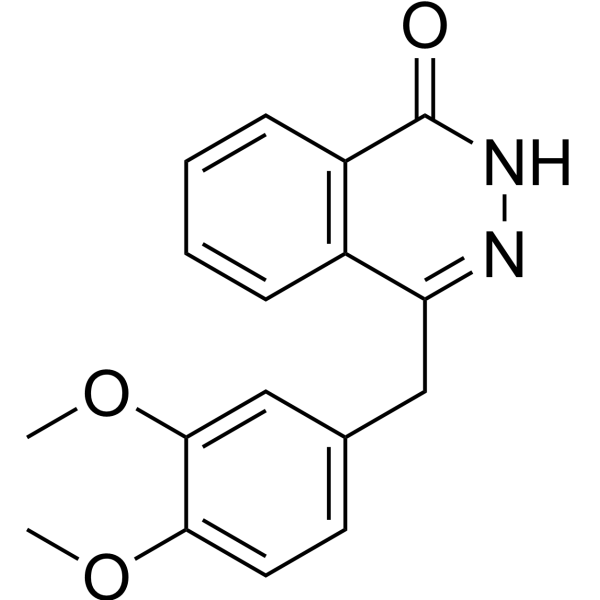
|
| DC66448 | Neuropeptide Y5 receptor ligand-1 Featured |
Neuropeptide Y5 receptor ligand-1 (compound 54), a carbazole derivative, is a potent neuropeptide Y5 (NPY-5) receptor antagonist.
More description
|
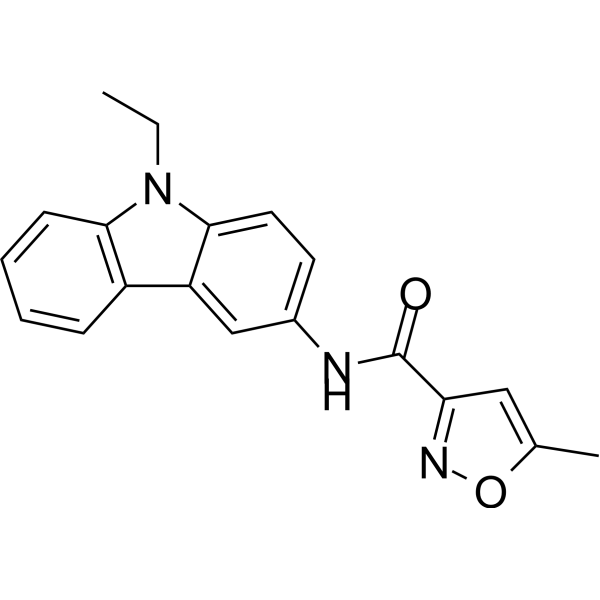
|
| DC66447 | Antitrypanosomal agent 9 Featured |
Antitrypanosomal agent 9 (compound 1) is a potent antitrypanosomal agent. Antitrypanosomal agent 9 shows inhibitory activity against T. b. brucei, with an IC50 of 1.15 μM. Antitrypanosomal agent 9 can be used for human African trypanosomiasis (HAT) research.
More description
|
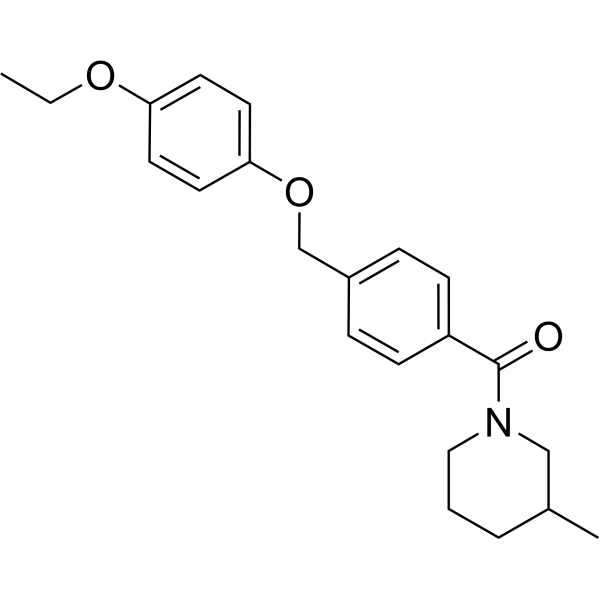
|
| DC66446 | Anti-Influenza agent 4 Featured |
Anti-Influenza agent 4 is a potent and selective influenza virus inhibitor with EC50s of 150 nM and 62 nM for strains A/Roma and A/Parma, respectively.
More description
|
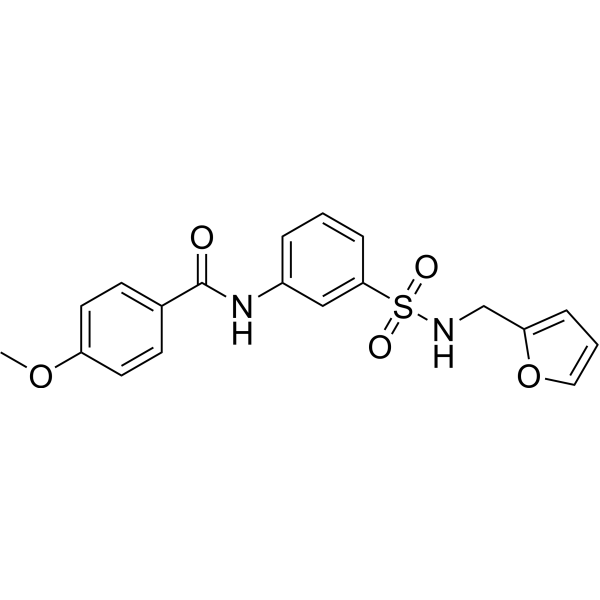
|
| DC66445 | Antimicrobial agent-14 Featured |
Antimicrobial agent-14, a benzyl thiophene sulfonamide derivative is an antimicrobial agent, with a MIC of 200 μM against Campylobacter coli ATCC33559. Antimicrobial agent-14 can be used for the research of bacterial foodborne gastroenteritis.
More description
|
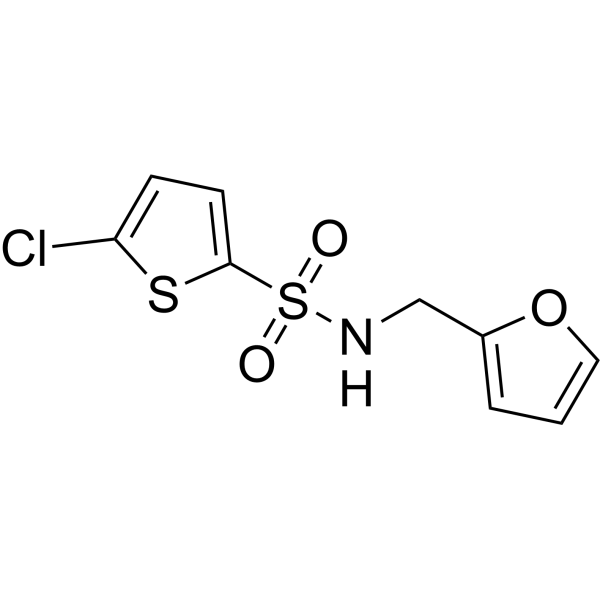
|
| DC66444 | Antimalarial agent 17 Featured |
Antimalarial agent 17 is an antimalarial agent, also acts as a herbicide. Antimalarial agent 17 is photosystem II inhibitor, shows post-emergence herbicidal activity equal to commercial herbicides.
More description
|
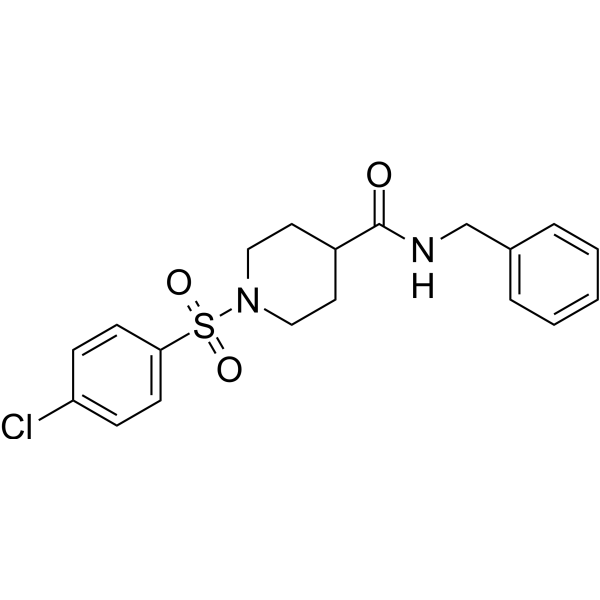
|
| DC66443 | NDH-1 inhibitor-1 Featured |
NDH-1 inhibitor-1 (compound 27) is a potent NDH-1 inhibitor with pI50 values of <4, 5.40, 6.15 µM for Bovine SMP (submitochondrial particles), Potato SMP and E. coli, respectively.
More description
|
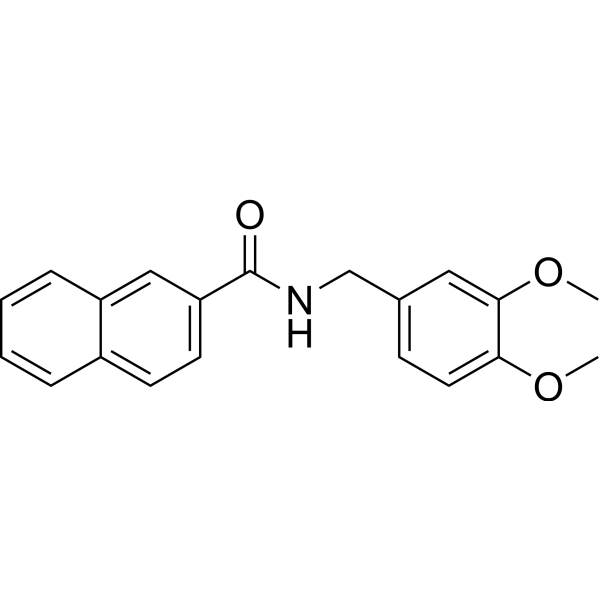
|
| DC66442 | TASK-1-IN-1 Featured |
TASK-1-IN-1 is a potent and selective TASK-1 (Potassium Channel) inhibitor with an IC50 of 148 nM. TASK-1-IN-1 shows a reduced inhibition of TASK-3 channels (IC50 of 1750 nM) and not a significant effect on other K+ channels. TASK-1-IN-1 has anticancer effects.
More description
|
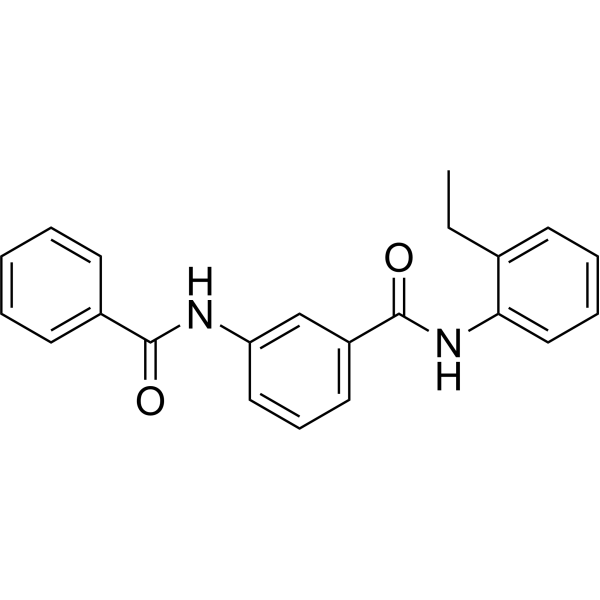
|
| DC66441 | Tubulin inhibitor 11 Featured |
Tubulin inhibitor 11 is a potent and orally active tubulin inhibitor. Tubulin inhibitor 11 targets the Colchicine binding site on tubulin, inhibits tubulin polymerization, promotes mitotic blockade and apoptosis.
More description
|
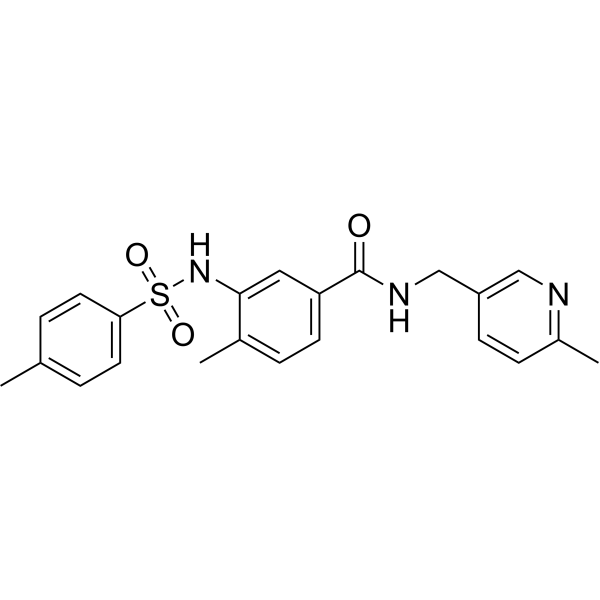
|
| DC66439 | Antituberculosis agent-5 Featured |
Antituberculosis agent-5 (compound 52) is a nitrofuranylamide derivative, inhibits M. tuberculosis UDP-Gal mutase. Antituberculosis agent-5 inhibits Glf activity with an IC50 value of 99 μM/mL and resists tuberculosis (TB) with a MIC value of 1.6 μg/mL.
More description
|
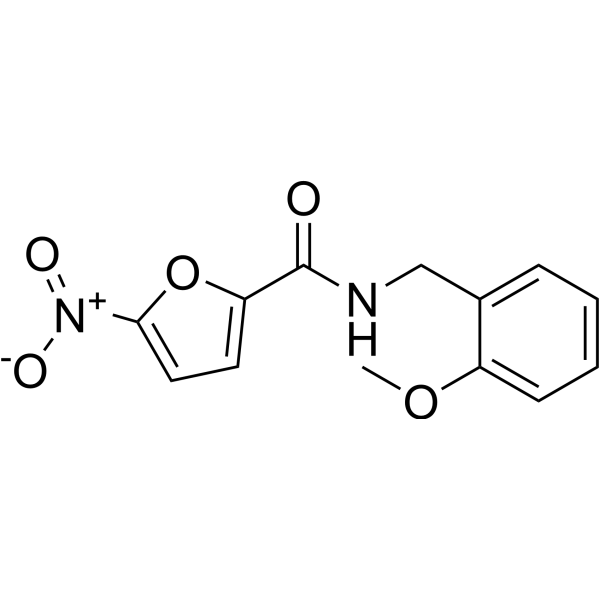
|
| DC66438 | n-[3-(benzyloxy)pyridin-2-yl]benzenesulfonamide Featured |
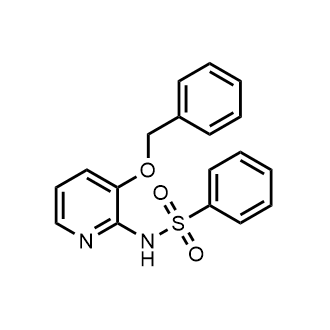
|